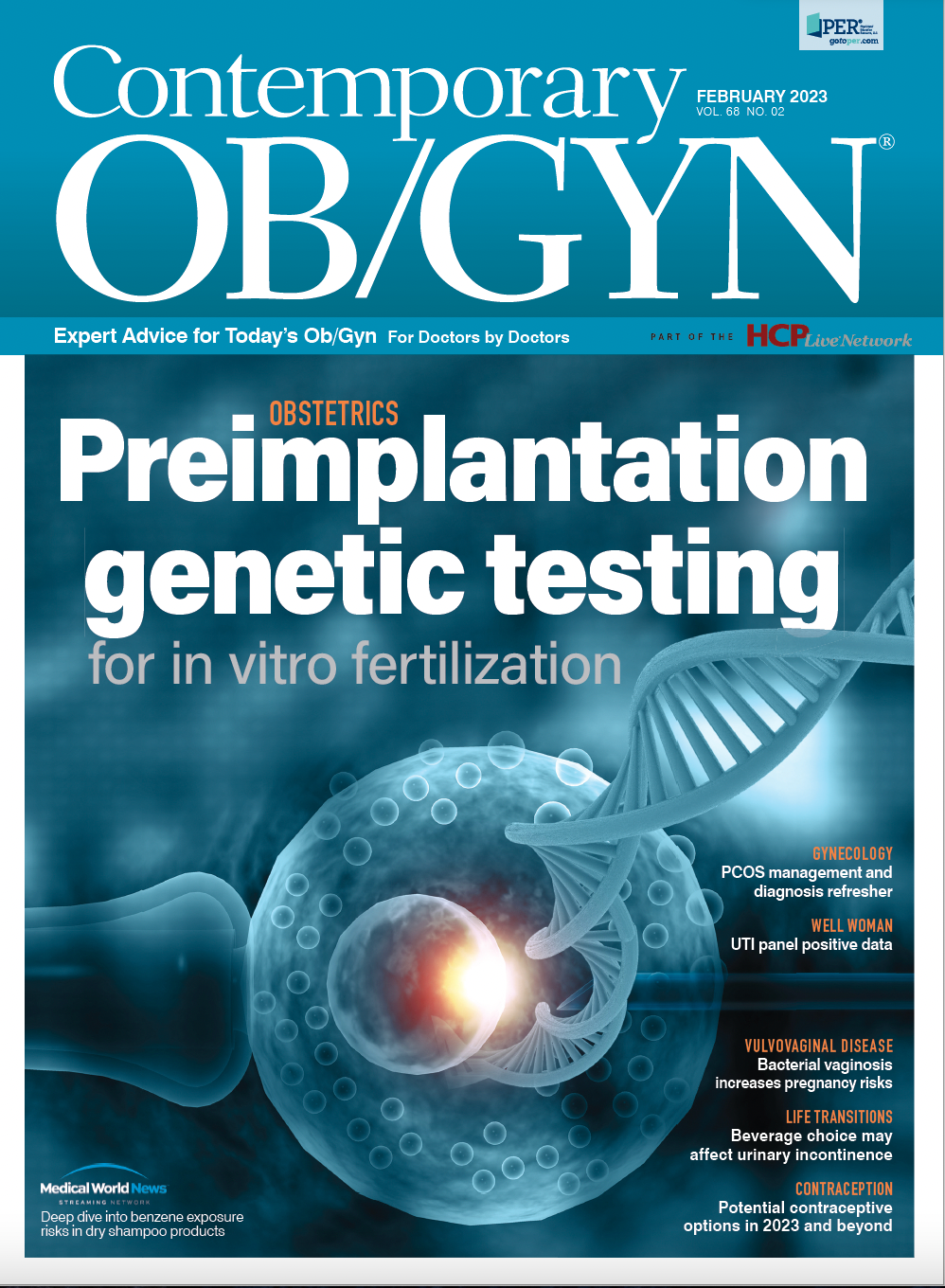Disparities in prenatal care linked to citizenship status and education level
While access to prenatal care did increase in states after Medicaid expansion, disparities persisted and even increased among Asian and Hispanic immigrant pregnant women, according to an analysis in JAMA Network Open.
Findings in JAMA Network Open suggest persistent disparities in prenatal care for immigrant pregnant women may be due—in part—to citizenship-based Medicaid exclusions.
Inequities in access to timely prenatal care disproportionately exist in the US for immigrant pregnant women compared to native-born pregnant women and persisted in 16 states after Medicaid expansion, the results showed.
Researchers from the Icahn School of Medicine at Mount Sinai and the University at Albany, SUNY, conducted a cross-sectional analysis for 8 years—from 2011 to 2019—to evaluate and compare disparities in timely prenatal care among immigrant and US-born pregnant women before and after Medicaid expansion in 16 states.
Researchers used data from the National Center for Health Statistics to include data from 2,042,624 singleton births across 31 states over the 8 years. The analysis ultimately included pre-Medicaid expansion data from more than 5 million pregnant women and post-expansion data from 6.5 million pregnant women.
To evaluate prenatal care before expansion, they included data for 1.5 million immigrant women across the expansion states. Of those, 413,479 (27.3%) were Asian, 110,829 (7.3%) were Black, 752,176 (49.6%) were Hispanic, and 238,746 (15.8%) were White. Among US-born pregnant women, 96,807 (2.5%) were Asian, 470,128 (12.1%) were Black, 699,776 (18.1%) were Hispanic, and 2,608,873 (67.3%) were White. The post-expansion evaluation included data from 6,544,992 pregnant women.
Across the 16 states before expansion, almost 76% of immigrant pregnant women received timely prenatal care compared to 79.9% of US-born pregnant women. The disparity among immigrant women and US-born women remained similar post-expansion (DID, –0.91; 95% CI, –1.91 to 0.09). Researchers stratified the results by race and ethnicity, which highlighted increased disparities among Asian and Hispanic pregnant women when compared to US-born pregnant women.
Results showed that, compared to US-born women, 1.53 per 100 fewer Asian immigrant women had access to timely prenatal care (95% CI, –2.31 to –0.75). Disparities were similar in Hispanic immigrant women with 1.18 per 100 fewer than US-born women (DID, –1.18 per 100; 95% CI, –2.07 to –0.30). These differences were magnified among women with a high school education or less (DID for Asian women –2.98; 95% CI, –4.45 to –1.51; DID for Hispanic women, –1.47; 95% CI, –2.48 to –0.46).
Compared with non-expansion states, differences in DID estimates were found among Hispanic women with a high school education or less (triple-difference, –1.86 per 100 additional women in expansion states who would not receive timely prenatal care: 95% CI, –3.31 to –0.42).
Exclusions to Medicaid due to immigration status may increase the risk for maternal health care disparities among immigrant pregnant women.
Some immigrant women are excluded from Medicaid and other safety-net programs that provide health care to low-income citizens, and exclusions like these may only worsen prenatal care disparities, according to the study’s co-author Teresa Janevic, PhD, MPH, associate professor of obstetrics, gynecology and reproductive science, population health science and policy, and global health and health systems design at Icahn Mount Sinai. “Prompt and appropriate access to prenatal care is important because it benefits mothers and infants beyond pregnancy and birth. We know insurance coverage before pregnancy results in an earlier start to prenatal care; therefore, Medicaid coverage before pregnancy is an important lever to improve timely prenatal care.”
These findings could inform current policy discussions surrounding maternal health equity in the US and bolster more inclusive policies in the future.
“Non-citizens face many obstacles to obtaining health coverage both during and outside of pregnancy,” said co-corresponding author Ashley M. Fox, PhD, MA, associate professor of public administration and policy at the University at Albany, SUNY. “The pathways available for immigrants to access care are often complex and vary based on qualifying status, time in the country, and state or locality of residence. Recent policy changes that have extended Medicaid eligibility, both before and during the COVID-19 pandemic, have often excluded immigrants either inadvertently or advertently.”
Reference
Janevic T, Weber E, Howell FM, Steelman M, Krishnamoorthi M, Fox A. Analysis of State Medicaid Expansion and Access to Timely Prenatal Care Among Women Who Were Immigrant vs US Born. JAMA Network Open. 2022;5(10):e2239264. doi:10.1001/jamanetworkopen.2022.39264

S4E1: New RNA platform can predict pregnancy complications
February 11th 2022In this episode of Pap Talk, Contemporary OB/GYN® sat down with Maneesh Jain, CEO of Mirvie, and Michal Elovitz, MD, chief medical advisor at Mirvie, a new RNA platform that is able to predict pregnancy complications by revealing the biology of each pregnancy. They discussed recently published data regarding the platform's ability to predict preeclampsia and preterm birth.
Listen
Racial disparities based on delivery hospital quality reported
March 24th 2025A new study found that Black and American Indian birthing individuals in the United States are more likely to deliver at lower-quality hospitals than White patients, highlighting systemic health care inequities.
Read More
sFLT1/PLGF ratio may improve risk stratification for birth outcomes
March 17th 2025A recent study suggests that the soluble fms-like tyrosine kinase 1 to placental growth factor ratio can help predict clinical deterioration, intrapartum fetal distress, and mode of delivery, offering valuable insights for patient counseling and labor management.
Read More
